Most visitors to the Grand Canyon stick to the crowded overlooks along the South Rim, missing some of the most spectacular and peaceful vantage points the park has to offer. While places like Mather Point and Yavapai Observation Station certainly deliver stunning views, they’re also packed with tour buses and selfie sticks.
The real magic happens when you venture beyond these obvious stops to discover viewpoints that offer equally breathtaking scenery with a fraction of the crowds. These hidden gems range from easy roadside stops to moderate hikes that reward you with panoramic vistas most tourists never see.
Here is a list of 17 Grand Canyon viewpoints that showcase the canyon’s incredible diversity from angles you won’t find in typical guidebooks.
Shoshone Point
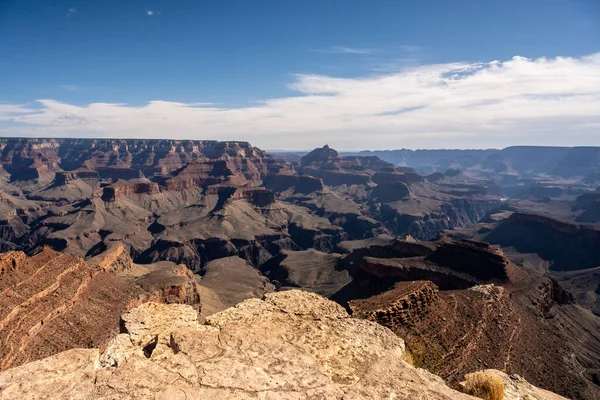
This secluded viewpoint sits about a mile down an unmarked dirt road east of Yaki Point, making it one of the canyon’s best-kept secrets. The easy walk through ponderosa pine forest leads to a rocky outcrop that provides unobstructed views of the Colorado River and the canyon’s eastern reaches.
Park rangers often use this spot for private ceremonies because of its intimate setting and spectacular sunrise views. The lack of guardrails and crowds makes it feel like you’ve discovered your own private piece of the canyon.
Lipan Point
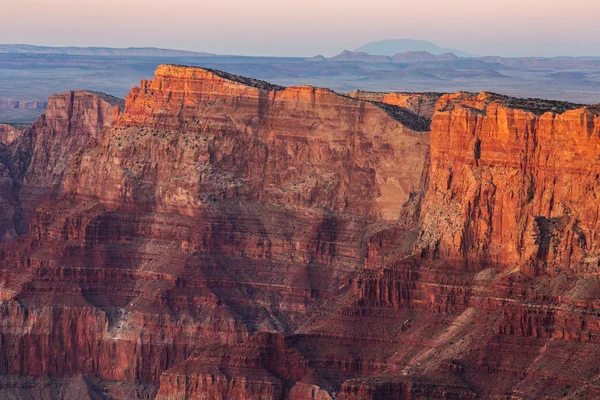
Located on Desert View Drive, Lipan Point offers one of the few places where you can actually see the Colorado River winding through the canyon floor. The viewpoint sits at 7,360 feet and provides a unique perspective, looking both east and west along the river’s path.
This spot is particularly magical during late afternoon when the light hits the red rock formations and creates dramatic shadows across the canyon walls. The relatively short walk from the parking area makes it accessible for most visitors, yet it remains surprisingly uncrowded compared to nearby Desert View.
Like Travel Pug’s content? Follow us on MSN.
Grandview Point
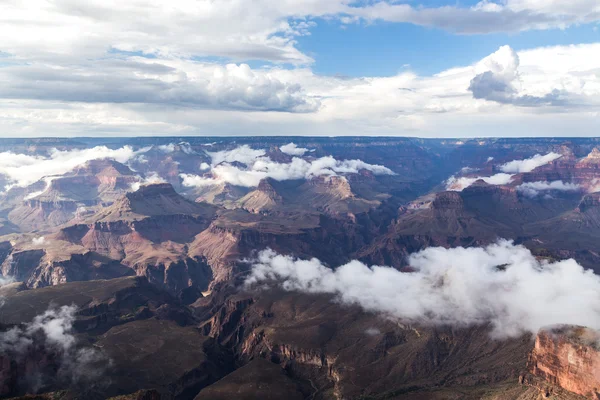
Once the main tourist destination before the railroad reached the South Rim, Grandview Point retains much of its historic charm and offers some of the canyon’s most dramatic views. The viewpoint sits at the head of Grandview Trail, which miners used in the late 1800s to access copper deposits in the canyon.
From here, you can see Horseshoe Mesa directly below and enjoy sweeping views of the canyon’s central section. The elevation of 7,400 feet provides a slightly different perspective than most rim viewpoints, making the canyon appear both deeper and more expansive.
Cape Final
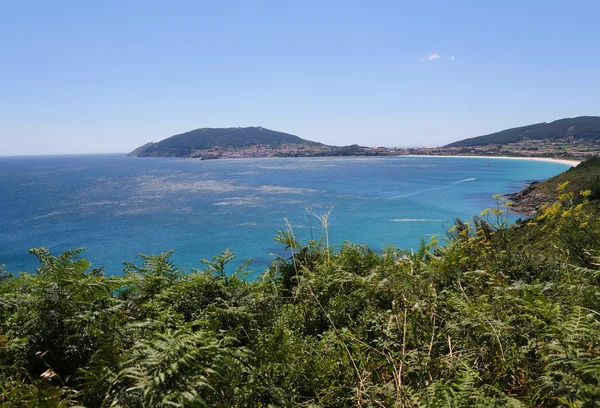
This North Rim viewpoint requires a two-mile round-trip hike through meadows and aspen groves, but the payoff is worth every step. Cape Final offers the most expansive views of the canyon’s eastern section, with unobstructed sightlines stretching for miles in every direction.
The trail is relatively flat and well-maintained, making it suitable for families with older children. Because it’s on the North Rim, which is only open mid-May through mid-October, you’ll encounter far fewer people than at South Rim viewpoints.
Point Imperial
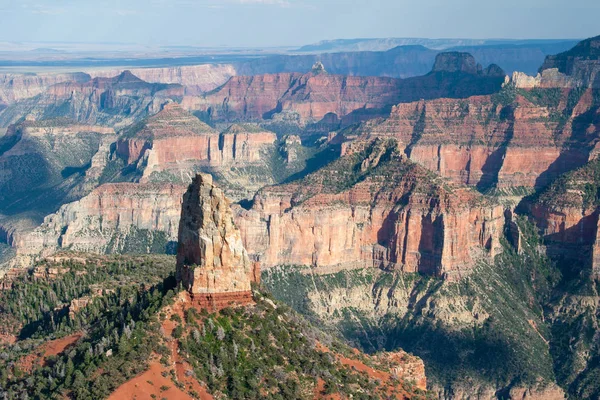
Standing at 8,803 feet, Point Imperial claims the distinction of being the highest viewpoint on either rim of the Grand Canyon. The drive to reach it takes you through beautiful forests of spruce, fir, and aspen trees that create a completely different atmosphere than the desert landscape of the South Rim.
From this elevated perch, you can see the Painted Desert stretching into the distance and enjoy views of the canyon that emphasize its northern tributaries. The cooler temperatures and different vegetation make it feel like you’re visiting an entirely different national park.
Like Travel Pug’s content? Follow us on MSN.
Toroweap Overlook
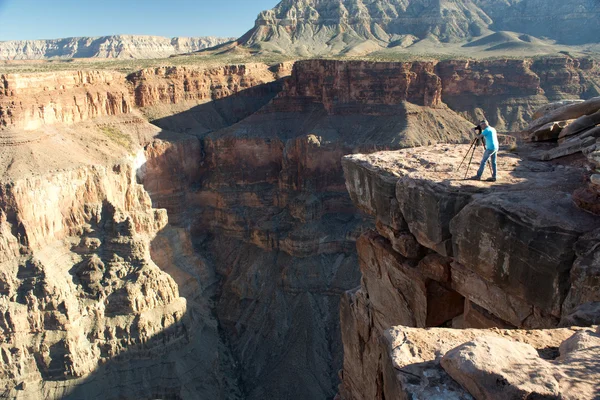
This remote viewpoint on the North Rim requires a 60-mile drive on rough dirt roads, but it offers the most dramatic and vertigo-inducing views in the entire park. The overlook sits directly above Lava Falls Rapids, with a sheer 3,000-foot drop to the Colorado River below.
Unlike other viewpoints that are set back from the edge, Toroweap puts you right at the precipice with nothing but air between you and the canyon floor. The isolation and raw exposure make this feel more like a wilderness experience than a typical park visit.
Hopi Point
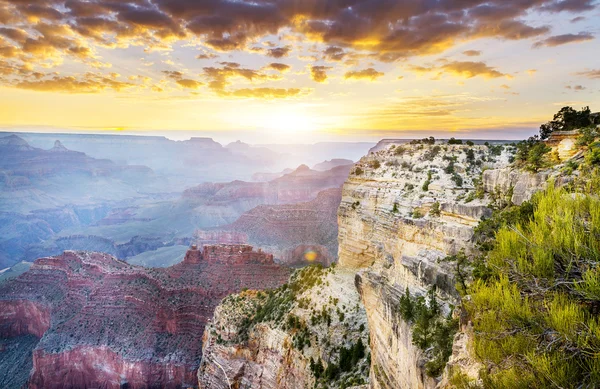
While technically on the main rim trail, Hopi Point deserves recognition for offering some of the canyon’s most photographed sunset views. The westward-facing position provides unobstructed views of the sun setting behind the canyon’s layered cliffs and buttes.
During peak sunset hours, the rocks seem to glow with an inner fire as the light shifts from gold to orange to deep red. The viewpoint can get crowded during sunset, but arriving an hour early usually guarantees a good spot along the rim.
Mohave Point
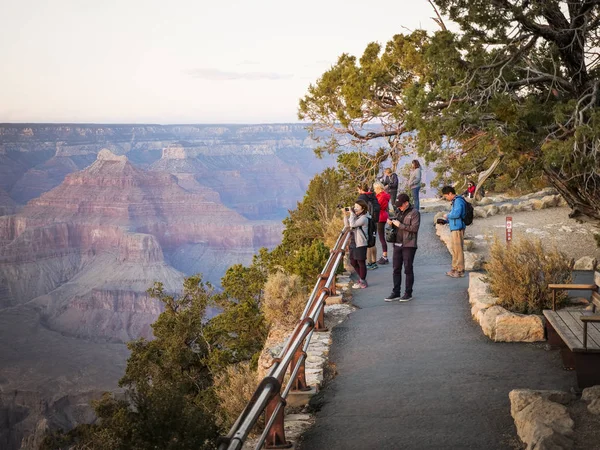
This viewpoint provides excellent views of several Colorado River rapids and offers a unique perspective on the canyon’s geology. The layered rock formations are particularly visible from this angle, allowing you to trace the different geological periods written in stone.
Mohave Point also offers views of the Bright Angel Trail as it switchbacks down the canyon wall, giving you a sense of the scale involved in hiking to the river. The late afternoon light here creates some of the most dramatic photography opportunities in the park.
Like Travel Pug’s content? Follow us on MSN.
Pima Point
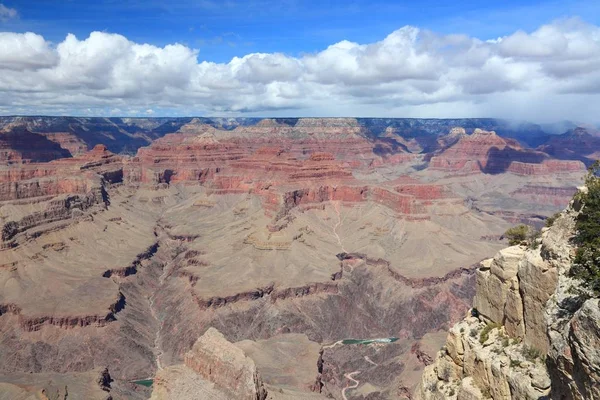
Located at the end of Hermit Road, Pima Point offers expansive westward views and serves as the gateway to some of the canyon’s most challenging backcountry adventures. The viewpoint provides excellent views of Hermit Creek and the route of the old Hermit Trail, which was once a popular tourist route into the canyon.
From here, you can see the Colorado River making its dramatic bend around the Granite Gorge. The relatively short walk from the parking area and the spectacular views make this an excellent alternative to the more crowded viewpoints along the rim trail.
Yaki Point
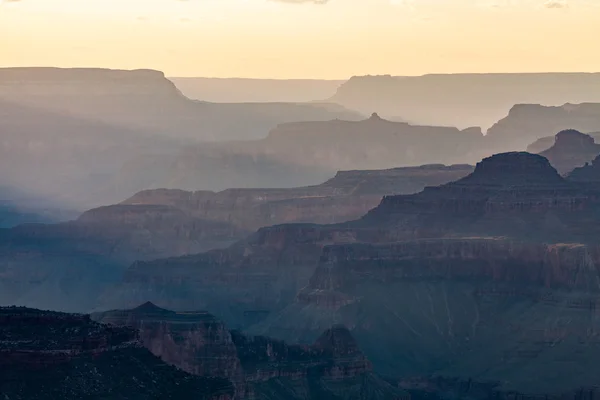
This sunrise viewpoint on the South Rim provides stunning eastward views and serves as the trailhead for the South Kaibab Trail. The elevated position offers excellent views of the trail as it descends toward the river, including the famous Ooh Aah Point visible about a mile down the trail.
Yaki Point is only accessible by shuttle bus or bicycle, which helps keep the crowds manageable compared to drive-up viewpoints. The early morning light here creates spectacular photography opportunities as the sun illuminates the canyon’s eastern walls.
Moran Point
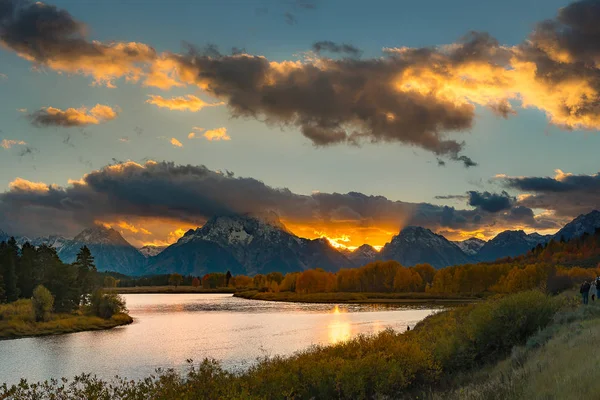
Named after landscape painter Thomas Moran, this viewpoint offers excellent views of the canyon’s central section and provides a different perspective on many of the formations visible from other rim viewpoints. The viewpoint sits at 7,160 feet and provides good views of the Colorado River as it curves through the Granite Gorge.
Moran Point is particularly beautiful during winter months when snow covers the rim and creates a striking contrast with the red rock formations below. The relatively easy access and excellent views make it a favorite among photographers and artists.
Like Travel Pug’s content? Follow us on MSN.
Hermit’s Rest
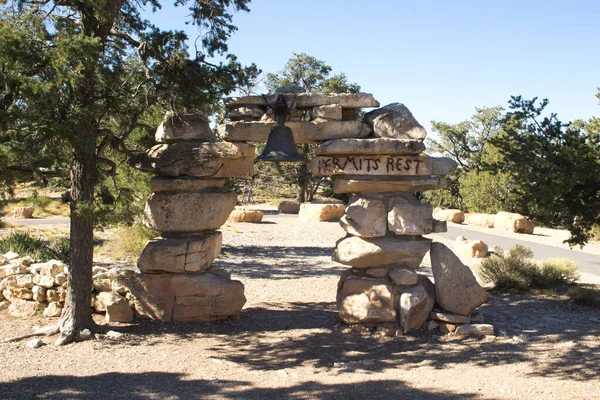
Designed by Mary Colter, inspired by the organic architecture principles of Frank Lloyd Wright’s mentor, Louis Sullivan, this historic stone building sits at the end of Hermit Road and offers both architectural interest and spectacular canyon views. The viewpoint provides excellent westward views and serves as the starting point for the Hermit Trail, one of the canyon’s most scenic backcountry routes.
The unique architecture blends seamlessly with the natural rock formations, creating a viewing experience that feels integrated with the landscape. The combination of history, architecture, and natural beauty makes this viewpoint unique among Grand Canyon overlooks.
Trailview Overlook
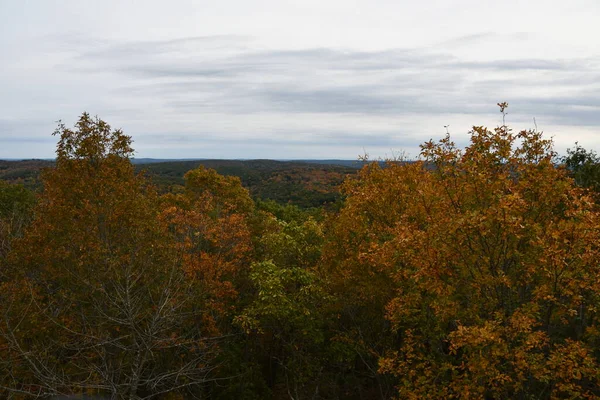
This series of viewpoints along the rim trail provides excellent views of the Bright Angel Trail and the Colorado River far below. The overlooks offer some of the best opportunities to watch hikers making their way up and down the canyon’s most popular trail.
From here, you can see the trail’s famous switchbacks and get a real sense of the challenging terrain that canyon hikers face. The multiple viewing areas allow you to find your own space even during busy periods, and the views change subtly as you move from one overlook to the next.
Maricopa Point

This viewpoint offers excellent views of the canyon’s western section and provides a unique perspective on the Colorado River as it curves through the Granite Gorge. The viewpoint sits at 7,000 feet and offers good views of several side canyons and tributary formations. Maricopa Point is particularly beautiful during late afternoon when the western light illuminates the canyon’s layered rock formations.
The relatively short walk from the parking area and the spectacular views make it an excellent stop for visitors exploring the western section of the South Rim.
Like Travel Pug’s content? Follow us on MSN.
Powell Point
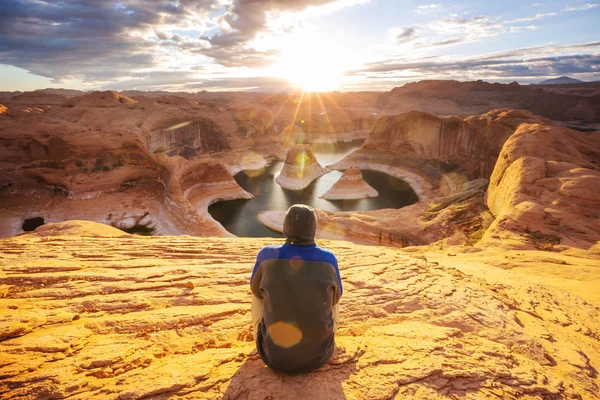
Named after John Wesley Powell, the one-armed Civil War veteran who led the first expedition down the Colorado River through the Grand Canyon, this viewpoint offers excellent westward views and a sense of historical connection to the canyon’s exploration. The viewpoint provides good views of the Colorado River and several side canyons, including Hermit Creek and Boucher Creek.
A memorial to Powell sits at the viewpoint, adding historical context to the natural beauty. The late afternoon light here creates some of the most dramatic photography opportunities along the rim trail.
Bright Angel Point
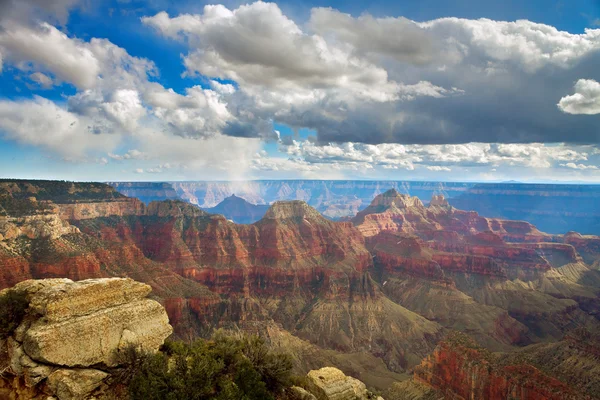
This North Rim viewpoint requires a short but steep half-mile walk from the Grand Canyon Lodge, but the effort is rewarded with some of the most spectacular and intimate views of the canyon’s inner depths. The narrow promontory puts you out into the canyon itself, providing 180-degree views of the South Rim and the Colorado River below.
The cooler temperatures and different vegetation of the North Rim create a completely different atmosphere than South Rim viewpoints. The combination of dramatic views and the physical sensation of being suspended over the canyon makes this one of the most memorable viewpoints in the park.
Roosevelt Point
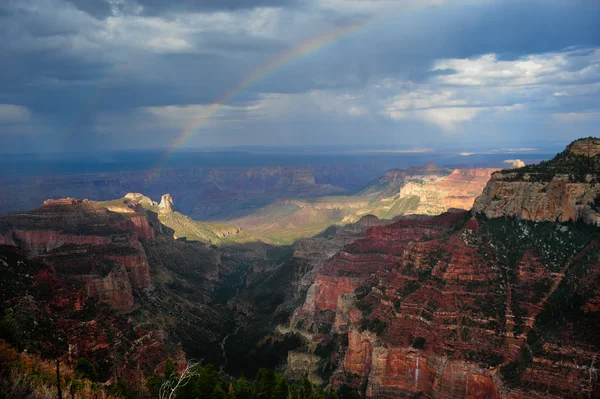
This North Rim viewpoint offers excellent eastward views and provides a unique perspective on the canyon’s northern tributaries and side canyons. The viewpoint sits at 8,200 feet and offers good views of the Colorado River as it curves through the eastern section of the canyon.
Roosevelt Point is particularly beautiful during early morning when the eastern light illuminates the canyon’s layered rock formations. The relatively easy access from Point Imperial Road and the spectacular views make it an excellent stop for visitors exploring the North Rim.
Like Travel Pug’s content? Follow us on MSN.
Beyond the Postcard Views
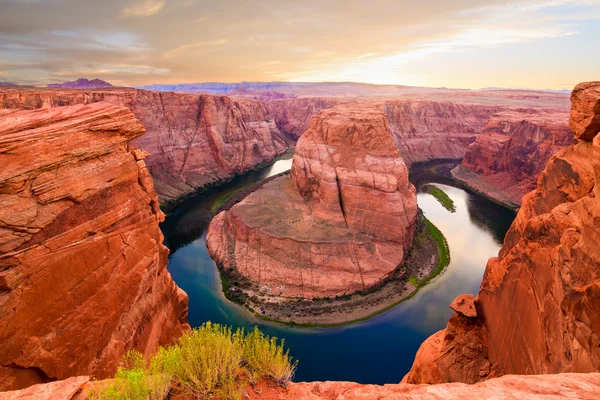
These viewpoints represent just a fraction of the Grand Canyon’s incredible diversity, each offering its own unique perspective on one of the world’s most spectacular natural wonders. While the main rim viewpoints certainly have their place and provide an excellent introduction to the canyon’s scale and beauty, these lesser-known spots offer the chance to experience the canyon in a more personal and intimate way.
The extra effort required to reach many of these viewpoints is rewarded with solitude, unique perspectives, and the feeling of discovering something special that most visitors never see. Whether you’re seeking dramatic sunrise views, intimate sunset spots, or simply a quiet place to contemplate the canyon’s immense beauty, these viewpoints provide experiences that will stay with you long after you’ve returned home.
More from Travel Pug

- 20 Best Beach Towns in the Carolinas
- 13 Destinations Where Tourists Regularly Regret Their Trip
- 20 Things You Actually Get in First Class
- 20 Small Airports With Aviation Museums
- 20 Places in the U.S. That Are Perfect for a Reset Trip
Like Travel Pug’s content? Follow us on MSN.
